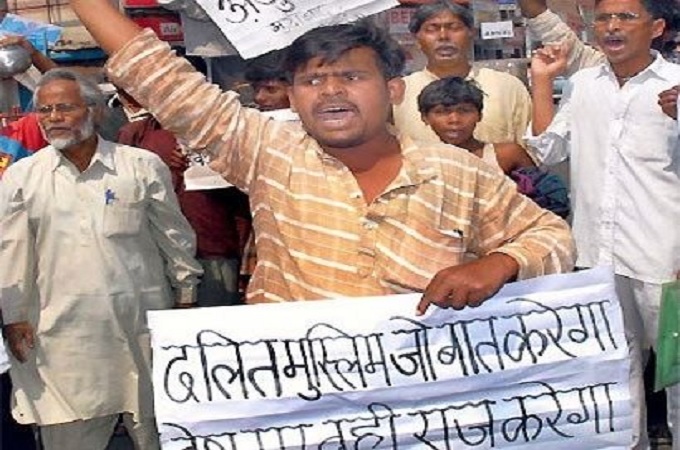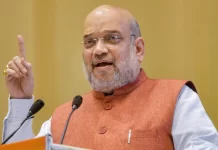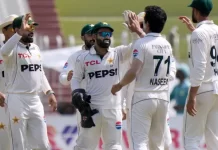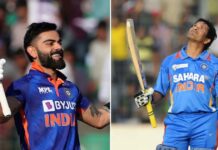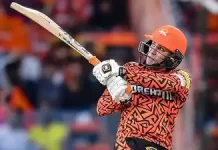If Dalits and Muslims join hands for good, they would be a force to reckon with at centre
Close on the heel of recent Dalit-Muslim unity efforts in Gujarat after Gujarat Assembly election, New political scenario is well on the way to tatter ruling BJP in Gujarat. Some Muslim organisations suddenly erupted and they are very aggressive for this so called unity.
Baroda based political analyst and human rights activist DR. Bandukwala told:” GUJARAT SIYASAT” that Muslims are very much eager on this point. This linkage is to the advantage of both communities. Currently most Muslims are poor and illiterate. Their economic level is comparable to that of Dalits. This was realized thirty years ago. Elections in 1989 in Gujarat and Maharashtra saw a joint fight between Dalits and Muslims. Unfortunately it did not last long.
He further added that Today Dalits are eager for Muslim support. Muslims should give it to them.But its impact in Gujarat may be marginal, as Dalits are just 7 %, while Muslims are under 10 %. If Muslim join hands with a third party, such as the Congress, it can pose threat to BJP in Gujarat. in 2019 Loksabha election. That would be a huge blow to Modi. Yet the impact in UP can be substantial,where Dalit population is 20 %,and is comparable to that of Muslims. That would give it about 40 %,which would lead to victory. The right approach is for Muslims in UP to support BSP. and SP.
Muslim must make a clear compact with Mayawati. They cannot afford to be cheated yet again. Over the years Muslims have been cheated by political parties. Each party puts up a few Muslim candidates, and projects a Muslim leader. But experience shows that the Muslim leader so projected becomes more loyal to the alliance leader, and much less to the Muslim community.Most important secular people have to defeat the BJP at any cost. That party hates Muslims.Its entire existence is to reduce Muslims to second class status,he concluded.If Dalits and Muslims join hands for good, they would be a force to reckon with.
Ahmedabad based Dalit leader Rajesh solanki told that today, when caste oppression continues unabated, when Dalits are being thrown out of their jobs due to the wave of privitisation and so-called liberalisation and the invasion by Western multinational corporations, which both the BJP and Congress strongly defend in order to further strengthen Savarna hegemony, Class/caste contradictions are bound to get sharper. Hindutva forces will probably become even more aggressive in order to prevent the oppressed castes from resisting the growing oppression, and might seek to destroy their movement by seeking to pit them against Muslims and Christians. Given this, I think it is critical that Dalits in Gujarat should introspect now, strengthen the independent Dalit movement to prevent the Hindutva agenda from succeeding, and work to build alliances with Tribals, Backward Castes and with similarly oppressed sections among the Muslims, and also with those sections of the Left that recognise the specific issue of caste and the need for struggling against Brahminism. If we don’t do this, Dalits will get crushed under the steamroller of Globalisation.”
This is certainly an ill omen for the BJP. Why? The BJP’s ascendency in Gujarat started only when it successfully drove a wedge between these two marginalised communities – by converting the anti-reservation agitation of 1985 into a Hindu, including Dalit versus Muslim conflagration – thereby dismantling the Congress’ formidable KHAM combination of Kshatriyas, Harijans, Adivasis and Muslims, which accounted for nearly 75% of the state’s vote.
“In Uttar Pradesh, Dalits are 21% of the vote. Will the Gujarat’s Dalit-Muslim unity sway them against the BJP?”
The Hindutva umbrella which was thus deployed in Gujarat camouflaged the caste and class conflicts. So much so that when the BJP pitted Hindus against Muslims, Dalits and Patels were at the vanguard.
As the veteran political scientist Achyut Yagnik notes, “In the mid-80s and late 80s, there was a largescale recruitment of Dalits into the Vishwa Hindu Parishad and the Bajrang Dal. And it was this army that went into the field during every riot while the Brahmins and the Patels sat at home.”
In fact, often in the aftermath of riots, the Parmars, Rathods, Solankis and Vaghelas would cry betrayal when they found their names – but not those of Brahmins and Patels – on top of FIRs and chargesheets, along with those of Muslims. But they were reluctant to do anything about it, and stuck with the Hindutva cause. Several attempts to convert the Dalits to Buddhism met little success.It’s in this context that Sunday’s public display of Dalit-Muslim solidarity is significant. It sent out a message that the Dalits’ disillusionment with the BJP was complete.
Hindutva organisations are widely believed to have used Dalits to target Muslims during the 2002 violence. But their social and economic conditions have led to Dalits and Muslims co-existing in poorer parts of Gujarati cities and towns. True, many Dalit and Muslim ghettoes came up in big cities after 2002, but there still remain slums, mainly in small towns and villages, where they continue to live side by side.
( Mr. Abdul hafiz lakhani is editor of GUJARAT SIYASAT and founder Editor of www.siyasat.net. He can be reached at abdulhafizlakhani@gmail.com)

















